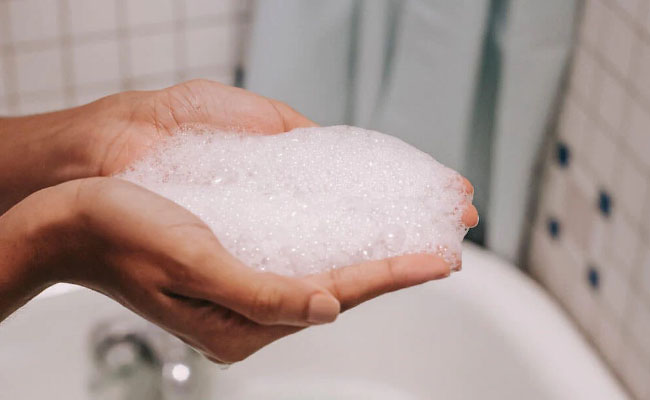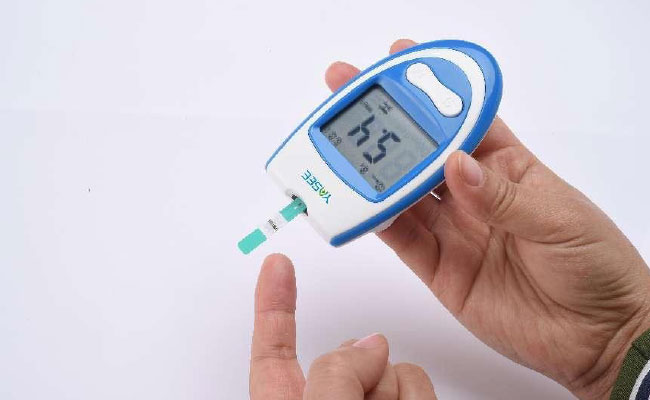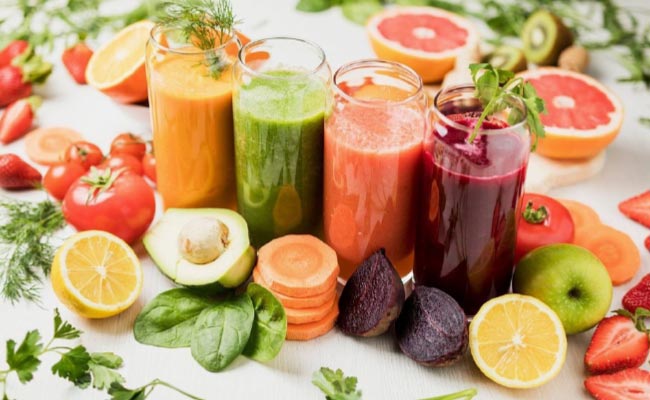
Which is more important to prevent cardiovascular and cerebrovascular diseases, fasting blood glucose and postprandial blood glucose?
2022-10-31
Varicose Veins: Causes, Symptoms, and Treatments
2022-11-08Has diabetes bothered you and your family? Do you have to test your blood sugar often as a diabetic patient? If your answer is yes, then you must know the right way to measure blood glucose and what factors influence it. Moreover, washing hands play a significant role in the accurate readings of blood sugar testing.
People with diabetes have to check their blood sugar daily to adjust their food intake and dosage of insulin. It is usually done by pricking the fingertip with a lancet. Then a drop of blood is taken on the test strip and inserted into a glucose meter device. Washing hands before all these procedures is very important. In this article, you will learn how handwashing affects blood glucose monitoring.
Functions of Soap in Blood Sugar Monitoring
Washing hands with soap before testing is much more significant. Its importance can be estimated that without handwashing, we can not be hundred percent sure about the glucose meter readings. It helps remove the bacteria, viruses, and some other germs that can enter the blood of the diabetic and cause blood-borne severe diseases such as hepatitis B, hepatitis C and HIV\AIDS at the time of pricking with the lancet.
It also removes food contaminants and food particles. If they accidentally get mixed with the blood drop, the particles can affect the glucose meter reading. It also becomes surprisingly important when you or your diabetic child has recently eaten some food that contains an adequate amount of certain sugars. Such food includes sweet dishes, sweet drinks, and fruits such as bananas and oranges [1].
Can Washing Hands with Soap affect Blood Sugar Readings?
The answer to this simple question is “yes”. Washing hands can affect the blood sugar reading dramatically. You can say that in many cases, readings got after handwashing are not only changed but also become more authentic and reliable. The reason for this is the method used to take blood sugar readings.
The preferred method used nowadays for blood sugar testing is the glucometer. These modern devices do not require an invasive procedure, are easy to handle, can be used at any time, and require just a small drop of blood for testing. Hence the amount of blood is so tiny that even microscopic things can be mixed with blood and cause a marked change in reading. These include food contaminants and particles attached to the skin and contain a substantial amount of sugar. Hence handwashing causes the removal of these food particles and guarantees the accuracy of blood glucose readings [2].
Factors affecting the efficacy of blood glucose reading?
As I already mentioned that some factors affect the efficacy of reading. Among them, I will describe here only three factors.
1. Finger Sanitation
It is important to sanitize the finger before pricking it with an antiseptic spirit swab. It causes the removal of germs and ensures the safety of the procedure. Without proper sanitation, germs can enter the blood and impure it, affecting glucose readings. Germs also can enter the blood of a diabetic person causing serious infections and diseases. Therefore, sanitation affects the safety of the procedure and the efficacy of blood sugar readings [3].
2. Testing method
Most diabetic people test their blood sugar regularly to keep the disease in control. Many methods are adopted to test blood sugar, and each has significance. When you test your blood sugar, the way you are testing affects the reading. The most common method used is the glucose meter. It is the modern method that is considered reliable. Other methods are continuous glucose monitoring systems and meters that test other body parts. They are considered less important and used less commonly [4].
3. Testing Time
Another factor that strongly affects blood sugar monitoring is the time of testing. As the glucose is not present with a constant amount in the blood and changes its level from time to time, the testing time significantly affects the reading. For example, after a meal, you will get a high sugar level in the blood while before eating, or 8 hours after a meal, the blood sugar level will be low. So, to get an accurate reading, you must consider all these factors. Your healthcare provider will let you know how often you should test your glucose level in a day. The testing frequency keeps changing according to the insulin injections and the type of insulin. It is different for different types of diabetes [5].
Good Practices of using Soap before Testing Blood Sugar
- Wash your hands under running water for some time, at least 20 seconds
- Be consistent in your practices
- If you cannot wash your hands, use the second drop of blood
FAQS
Why do fruity hands affect blood glucose testing readings?
Most fruits contain a large amount of sugar. When you eat fruits, the fruity matter adheres to the hands. Hence, fruity hands can contain some amount of attached sugar. So if you start the procedure of blood glucose testing using a glucometer, there are great chances of these fruit particles getting mixed with the drop of blood taken during testing. After mixing, it can elevate the glucose level in the blood. Therefore, fruity hands affect blood glucose testing readings [6].
Should I use rubbing alcohol after washing my hands?
After washing hands, some water droplets may remain on the skin. There is also a strong chance of mixing these water droplets with a drop of blood which can alter the reading. For this reason, it is essential to dry the hand completely before pricking the finger.
Rubbing alcohol is often recommended after washing hands. The reason is that alcohol ensures the cleaning of the test site. It helps in the complete drying of hands because alcohol is a volatile compound and helps evaporate water drops. It also has an antiseptic effect and kills germs. It can also efficiently remove any residual food particles [7].
When to test blood sugar after eating?
The best time to check the blood glucose after a meal is one to two hours after you start eating. Because capturing the peak level of your blood glucose helps check the disease severity and insulin dosage effects. After the food eating, it takes almost one to an hour to digest and absorption. After one to two hours, all food glucose becomes part of the blood, and it is the best time to test blood sugar.
How to calibrate a glucometer?
Glucometers are calibrated to ensure the accuracy of readings provided by the device. There are different methods to calibrate the glucometer. Some are calibrated automatically, while some require manual methods. They are often calibrated using a standard or control solution provided along with the meter.
The test strip is inserted into the meter, and a drop of control solution is kept on the other end of the test strip. It calibrates if it shows a reading in the control solution’s range. The range of value is present on your test strip as instructed, and the range is typically between 115-145 mg/dl [8].
Final thoughts
As our health depends on the glucometer reading, its reliability is crucial for the care and better treatment of the patient. Hence you should consider all the points that are important for the safe and accurate use of blood sugar testing. So, try to wash your hands before testing and calibrate the glucometer when needed.





